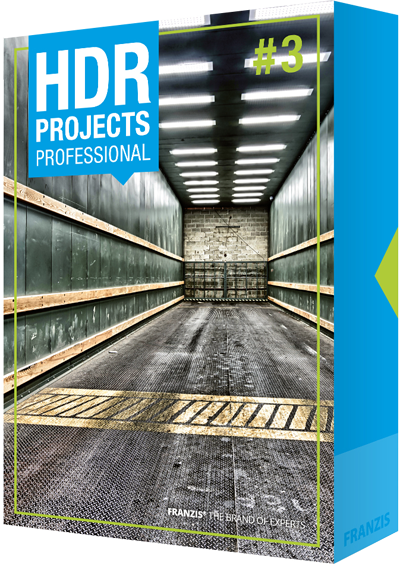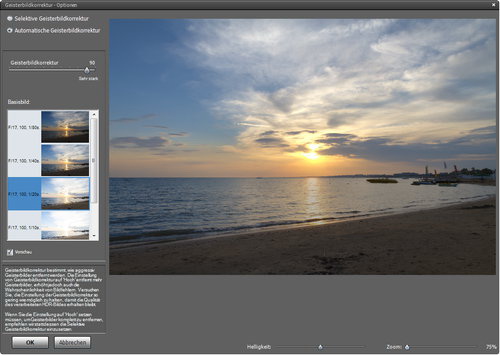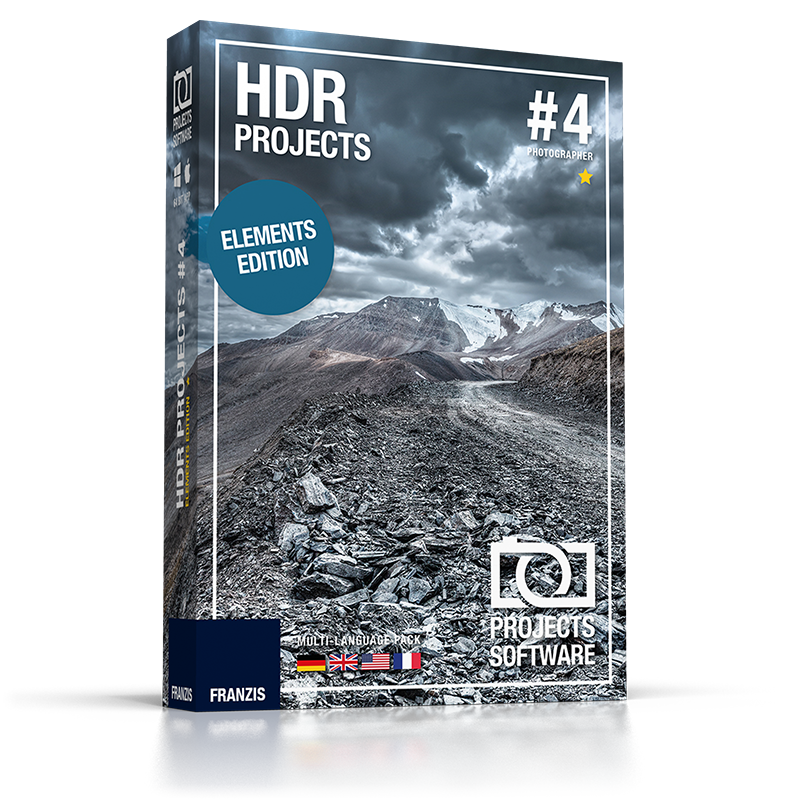

HDR Ensures Good ExposureĪn HDR image is a combination of two or more photos taken at different exposure value settings so that everything, from the lightest parts of the image to the darkest, are well exposed. Real estate photography demands that the property you are trying to sell is represented in the best way possible, and that is where HDR images come into play. It may seem simple at first to take pictures of houses, or other buildings, and then put them up somewhere but it’s not quite that simple. One such challenge occurs if you have to delve into the world of real estate photography. There comes a time when you need to learn new things that will help you take better photos for your specific needs. It will leave the sliders at the default position.While it’s fun to just pick up your camera and take photos of whatever you like, when you have to make a living from it things tend to get a little complicated. Hopefully Adobe will add more options to the Lightroom HDR function so we can tweak to our preferences.įinal Tip: If you’re not happy with how Lightroom adjusts the sliders after creating the HDR just turn off Auto Tone when creating the HDR.
#Hdr projects 4 vs photomatirx pro#
After that you can add more Clarity in Lightroom or export to programs like Topaz Clarity, Color Efex Pro or back to tone map in Photomatix.
#Hdr projects 4 vs photomatirx how to#
How to use Lightroom 6 HDR (and Photomatix 32-bit HDR): These two methods, and maybe the Photoshop method depending on settings, are really a starting point for expanding the dynamic range. The Lightroom 6 HDR output didn’t seem to be much better than the middle exposure which is probably why people are underwhelmed.

It has good shadow detail without introducing a lot of splotchy banding, halos or reverse halos (black smudges).

For me the Photomatix 32-bit HDR is still the best option. In this case you see the dock has pretty good shadow detail but it doesn’t suffer from the splotchy sky of the Photomatix Contrast Optimizer version.Ĭonclusion: I have a more natural style of HDR and I try to avoid the artifacts in the over the top HDR you often see. Instead of tone mapping in Photomatix I reimport the 32-bit file to Lightroom and then adjust from there. Photomatix 32-bit HDR – This has been my go to method for awhile. It does have flaring issues shooting into the sun though. Photomatix – Contrast Optimizer (Vibrant) – It really flattens out the image and notice the exposure on the broken down dock shows more detail. Photoshop has less contrast here and also notice the difference between the sun to that of Lightroom. Photoshop has more adjustments which I believe is why it looks a bit different from the Lightroom output. I suspect Photoshop and Lightroom are processing the same way and could give you the exact same results. If you compare this to the middle exposure above there’s really not much difference. Lightroom 6 HDR – Here we have what people are talking about. Not a bad starting point for a high dynamic range scene. Middle Exposure – I did need to bump up the exposure to match the output of the other methods. The preset I use is Highlights -100, Shadows +100, Whites +15, Blacks -15, Clarity +15 and Vibrance +15. I then applied my common starting point preset in Lightroom for HDR photos. These were all merged with what I would consider conservative settings to get a natural HDR look much like what I believe Lightroom is doing. Let’s compare the differences between the middle (correct?) exposure and a few different HDR merge methods and then I’ll tell you how to best use the function in Lightroom 6. Blah being the technical term for not the fuzzy, radioactive tone mapped tour de force that other programs employ (at least their presets).

There’s a bit of controversy about this as many people consider the results to be pretty blah. Lightroom 6 is out and one of the new features is the ability to merge photos to HDR within Lightroom.


 0 kommentar(er)
0 kommentar(er)
